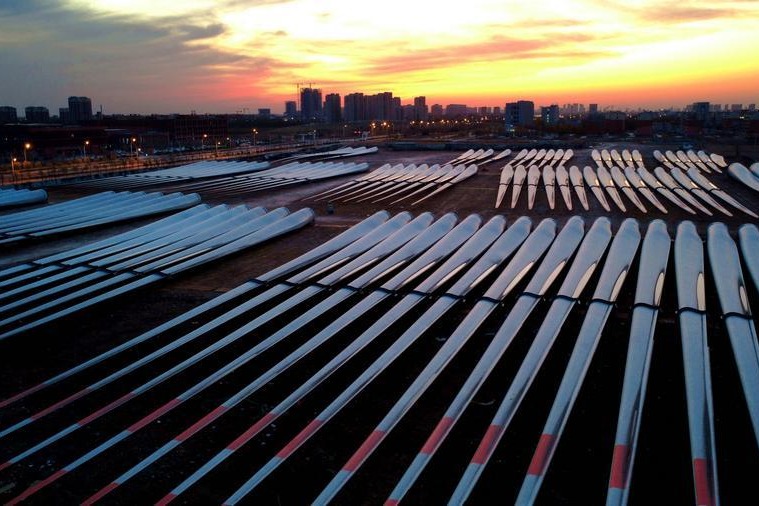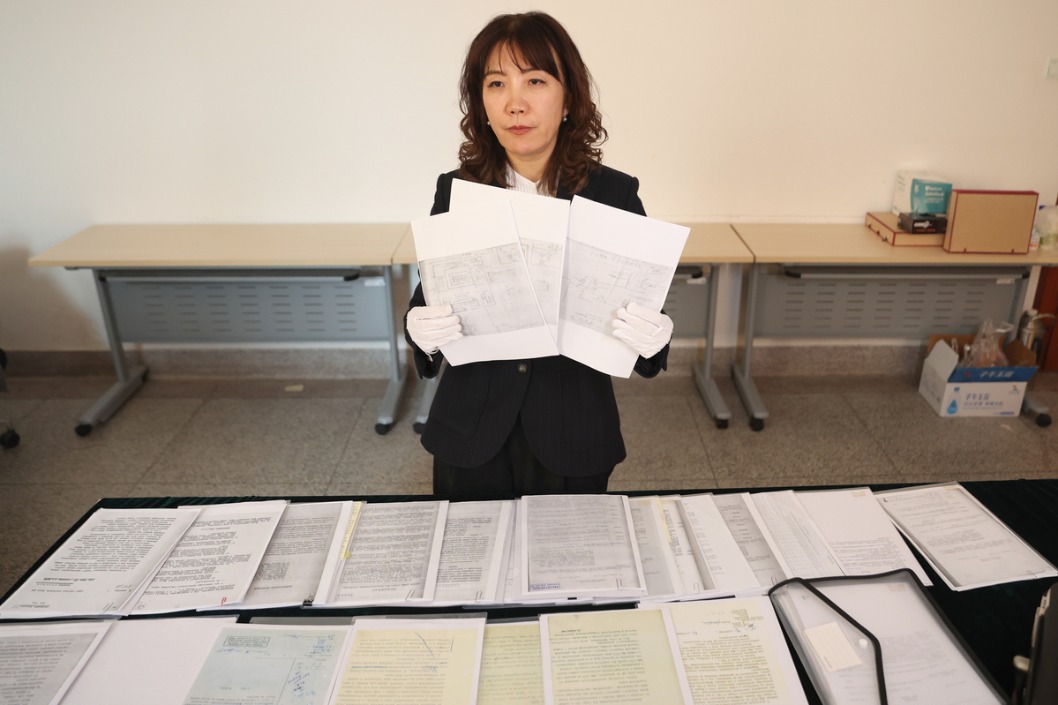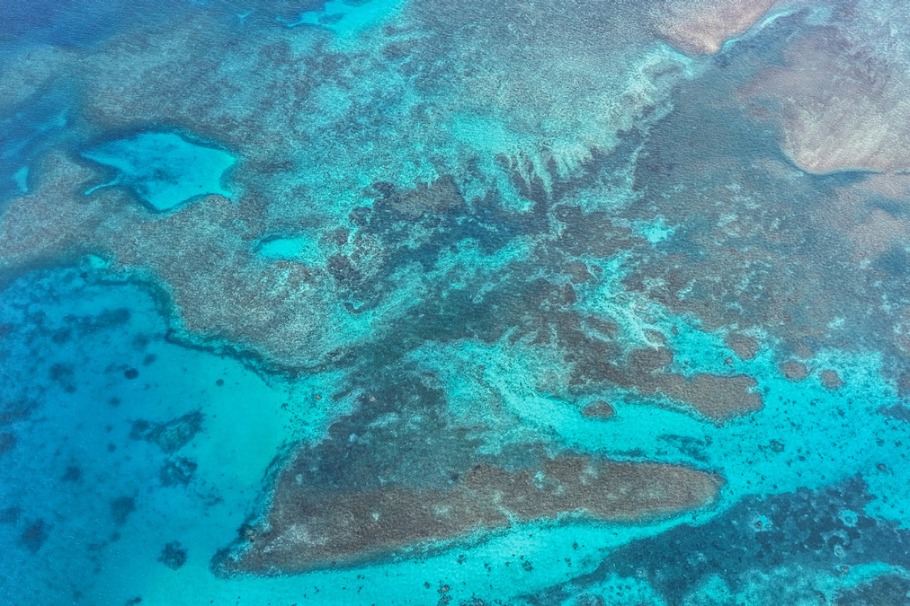We can only hope Mother Nature comes to save us from destruction

Sudan is dead. The last male northern white rhinoceros was euthanized in Kenya's Ol Pejeta conservancy on Monday to relieve it from the incurable pain from a degenerative illness. It was 45 years old.
Now, only two northern white rhinos remain-Sudan's daughter and granddaughter-through which conservationists hope to save the species from extinction by using in-vitro fertilization (IVF).
That the death of Sudan is a profound tragedy for conservationists, actually for humankind, is beyond doubt. But humans, obsessed as they are with power games and economic one-upmanship, seem to have little time for such "trivial" matters. The global trend, after all, is to look for opportunities in the face of challenges-call it collecting the spoils of "creative destruction", if you will.
As Colin Butfield, campaigns director of World Wide Fund for Nature (WWF), said, the death of Sudan highlights a wider crisis. "There is undoubtedly a huge extinction crisis going on of which this death is just a small part," Butfield said.
Three years ago, a research published in Science Advances warned that a sixth mass extinction could be well underway, and humans are squarely to blame for that. For the record, the disappearance of dinosaurs 65 million years ago is known as the fifth mass extinction.
Among the critically endangered major vertebrates across the world are the black rhino in Africa, leatherback and Hawksbill sea turtles, mountain and western lowland gorillas, the Amur leopard, the South China tiger, the Yangtze finless porpoise, and the Sumatran orangutan, elephant, tiger and rhino.
In fact, the average population of vertebrates have more than halved since 1970, said Butfield, and an estimated 10,000"less celebrated" species are becoming extinct every year.
However, the death of Sudan has prompted people to vow to take the responsibility of ensuring the fate suffered by the last male northern white rhino doesn't befall other endangered species. Paula Kahumbu, director of Wildlife Direct, a charity organization in Kenya, said: "The outpouring of grief…(at the death of Sudan) is a powerful reminder that we must never allow this to happen again … We did not do enough to save this majestic species. Now we must stand up and demand action-take action-to prevent the same thing happening to cheetahs, elephants, black rhinos, giraffes-we must take ownership of this as Africans and educate people."
At the turn of the last century, about half a million rhinos roamed the wilds of Africa and Asia, but poaching, fuelled by the trade in rhino horns, reduced their number to about 70,000 by 1970. The northern white rhino was one of the several sub-species that was pushed to the brink of extinction. But Sudan had raised hopes of saving the rhino sub-species from ultimate extinction.
Now that Sudan is dead, the chances of saving the northern white rhino from extinction, notwithstanding the existence of two females and the chances of reproduction through IVF, seem remote.
Will the world wake up to meet the challenge of saving threatened species and subspecies from extinction and thus secure the future of humankind, whose fate is intricately linked to the survival of other species, is a million dollar, nay a multi-billion dollar, question.
Perhaps the only country that is paying special attention to protecting the environment is China. It has transformed the Ministry of Environmental Protection into the Ministry of Ecological Environment to ensure strict action is taken against polluting industries so that people can breathe cleaner air. China has realized the importance of clean air and water, and contamination-free soil after its fast-paced economic development left a damaged environment in its wake.
But other major powers such the United States have turned a blind eye to environmental damage, and seem hell-bent on reversing the green development trend, by undermining environmental laws and scrapping eco-friendly policies. Given such developments across the world, only the super healing power of Mother Nature can save humankind from destruction.
The author is a senior editor with China Daily.


































